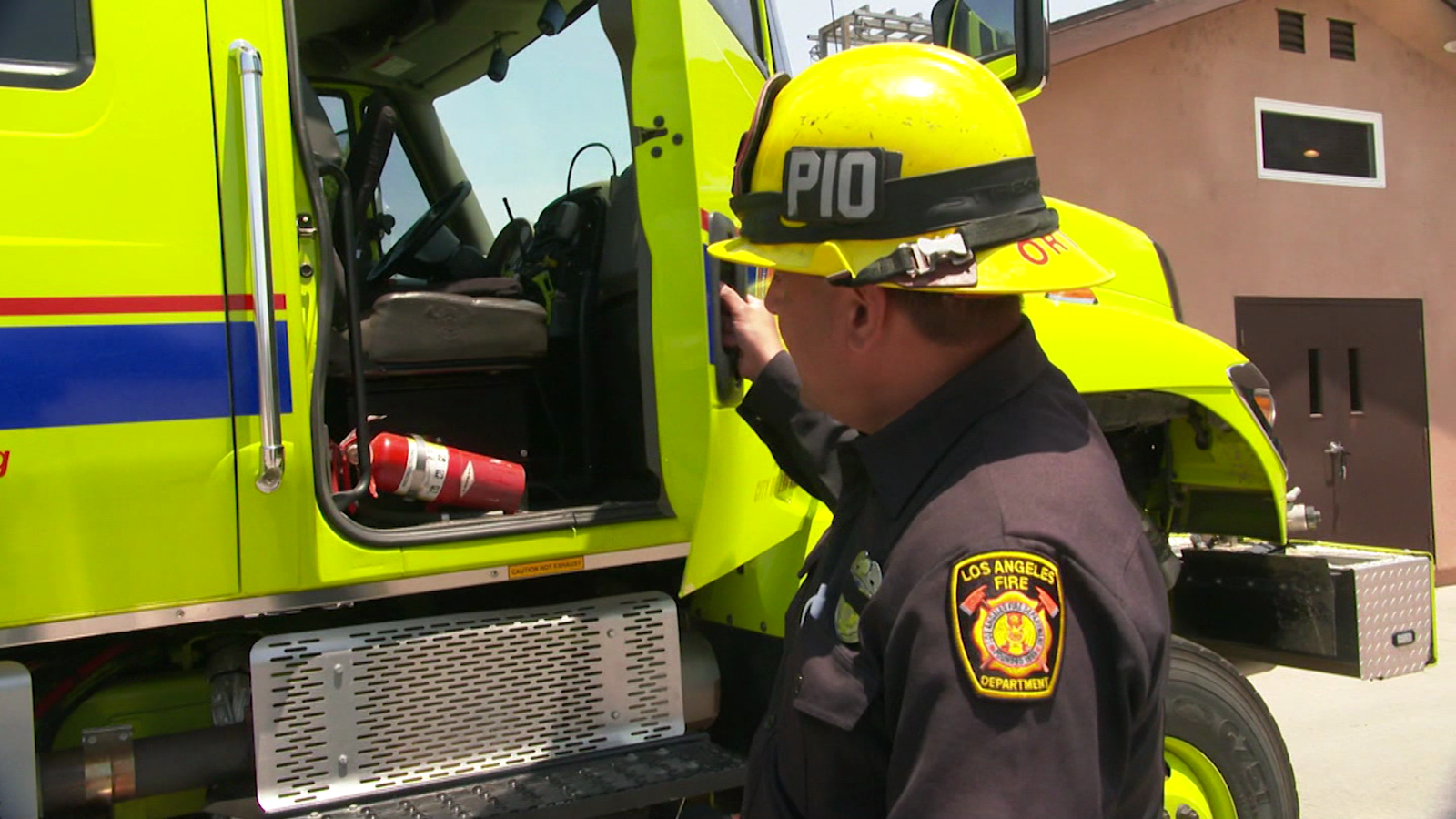John Micklus’s battle with COVID-19 It started last Christmas and ended five weeks later with his lungs so damaged that doctors said there was nothing they could do to save him.
“The doctor’s recommendation was to put my affairs in order,” Micklus said. The 62-year-old man called his wife from their hospital bed in southern Maryland. She, in turn, desperately called several doctors and finally learned of one last option: a double lung transplant.
Micklus was transferred to the University of Maryland Medical Center in Baltimore, where a rigorous evaluation qualified him to receive lungs from a compatible donor days later. He was discharged from the hospital on March 30, which marked the second successful lung transplant from the center in a COVID survivor.
Hospitals in the United States have reported a increase in lung transplants for severe cases of coronavirussaid the Cleveland Clinic, one of the nation’s top-ranked medical centers, said last week. Strenuous surgery may be the only solution for patients experiencing a life-threatening constellation of virus-inflicted lung damage, a hyperinflammatory immune response, and the body’s inability to adequately repair the injury.
‘Honeycomb Scar’
All of that can cause the deposition of yellow fibrotic scar tissue, creating a “honeycomb scar” that makes the lungs completely solid, said David Kleiner, who directs autopsy pathology at the National Institutes of Health Clinical Center in Bethesda, Maryland.
The process irreversibly destroy the tiny grape-shaped air sacs through which gas is exchanged in the lungs, Kleiner said at a conference on COVID autopsies in July.
“Patients really only survive that fibrotic stage if they are intubated,” he said, adding that damaging scars can occur within a couple of weeks of lung injury.
Such cases have led to lung transplants around the world, according to a study published last month in The Lancet Respiratory Medicine, which highlights another dimension of the pandemic’s burden for both survivors and healthcare resources.
The procedure can be performed successfully in carefully selected patients, said the authors from the United States, India, Austria and Italy, who proposed criteria for selecting suitable COVID patients.
In patients who cannot be disconnected from a ventilator or artificial lung that oxygenates the blood, a organ from a donor may be the only option to save their lives, according to doctors at Northwestern Memorial Hospital in Chicago, where the first double lung transplant was performed in a COVID. The US case took place in June 2020. 18 more have been done since then and he has at least five patients waiting for donor organs, said Ankit Bharat, chief of thoracic surgery at the hospital and surgical director of lung transplantation, at the Journal of the American Medical Association Thursday.
“We are seeing a significant increase in patients who have recovered from moderate to severe COVID and are now arriving in the outpatient setting with progressive oxygen requirements and pulmonary fibrosis,” Bharat said.
Complicated surgery
Writing in a study in Science Translational Medicine in December, Bharat and her colleagues described three patients, ages 28, 43, and 62, whose surgeries took around 9.5 hours each, required twice the amount of blood normally infused during the procedure and involved two weeks of post-operative intensive care.
More than 107,000 people are waiting for a life-saving organ transplant, according to the United Network for Organ Sharing. Waiting lists for a full lung transplant, where the organ is provided by donors who have passed away, are often prohibitively long.
Bharat said he is concerned that COVID could shrink the current pool of donor organs and affect their future availability. Nearly 33 million people in the United States have been diagnosed with the disease, he said, adding that there are reports that up to 80 percent of them, including many who were asymptomatic, may suffer a lung injury.
“It remains to be seen whether other patients who have recovered from mild, moderate or even severe COVID-19 will be organ donors,” Bharat said. “Otherwise, this can lead to a significant contraction of our donor pool.”
critical moment
For Covid patients in need of a lung transplant, time is of the essence. If they are done too early, there is a risk that the patient has not cleared the coronavirus infectionsaid Robert Reed, associate medical director of the lung transplant program at the University of Maryland Medical Center, who helped care for Micklus.
It also “can’t do it too late, because at that time, patients can be so weak that they can’t survive the operation and participate meaningfully in rehab,” Reed said.
Doctors in Japan reported in April the world’s first “living donor” transplant into a COVID patient who received lung segments from her son and husband. The procedure at Kyoto University Hospital took a team of 30 medical staff about 11 hours.
“We showed that we now have a choice of lung transplants” from living donors, Hiroshi Date, a thoracic surgeon at the hospital who led the operation, told reporters.
Reed, who is also a professor of pulmonary and critical care medicine at the University of Maryland, said transplant surgery should not be viewed as a way to speed up post-COVID recovery. Lung recipients need to take more than a dozen medications for the rest of their lives to prevent organ rejection and infection, and many of the drugs have toxic side effects.
“He would probably rather have a long series of slow rehab and have his own lungs there than have a transplant,” Reed said in an interview with Zoom. “But for people who are likely to die in two years and for people who are essentially paralyzed by their lungs, it can be just amazing.”
Micklus wants others with end-stage lung damage caused by COVID-19 to know that lung transplants can offer hope. “It’s hard to do,” she said, fighting back tears. “It is physically and emotionally draining, but it is an opportunity to live again.”
– .

